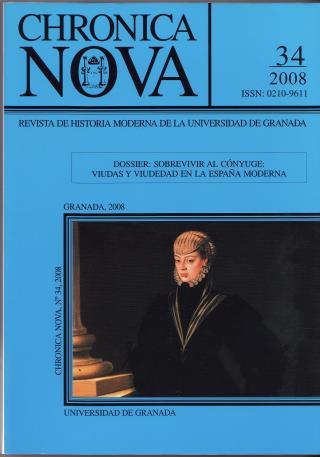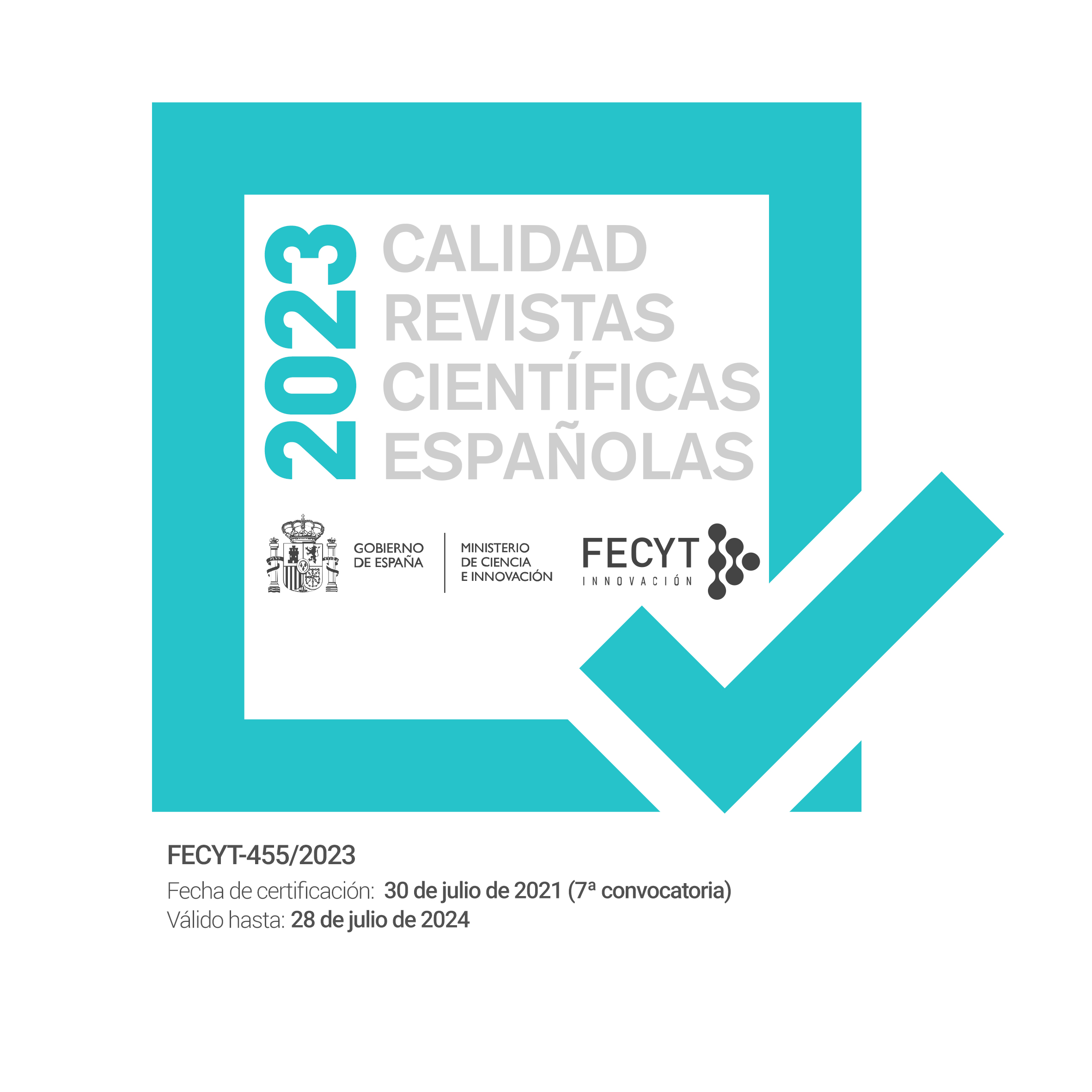Galicia’s Widows at the end of the Spanish Ancien Régim
DOI:
https://doi.org/10.30827/cn.v0i34.1649Keywords:
Galicia, widows, Old Regime, household organization, inheritance, workAbstract
In the Galicia of ending of Old Regime the widows almost represented 9% of the feminine population, similar percentage to the rest of Spain. Also, since the Castilian legal ordering were applied, in this aspect they were not distinguished either of those of other peninsular territories. The documentation available for their study, in essence, the same one of social history, contributes more information on the urban widows - who were minority- that on the rural ones, and more on the familiar and social life that on the feelings, ways of life or mental and religious universe of the widows. A characteristic element in Galicia is the high percentage of widows head of household, who could surpass in some regions to 25% of the homes. Between the widows of the field the agricultural dedication was the predominant one. Those that lived in the cities, with the exception of a reduced number of women pertaining to the nobility and commercial bourgeoisie, they worked for “gaining their life” in little qualified employments, barely remunerated, sexually segregated, and in which the guild’s statutes were very weak or they did not exist.
Downloads
Downloads
Published
How to Cite
Issue
Section
License
Nuestra revista se atiene a las recomendaciones para la implementación del Artículo 37 Difusión en Acceso Abierto de la Ley de la Ciencia, la Tecnología y la Innovación:
- Los/as autores/as cuyas contribuciones sean aceptadas para su publicación en esta revista conservarán el derecho no exclusivo de utilizar sus contribuciones con fines académicos, de investigación y educativos, incluyendo el auto-archivo o depósito de los artículos aceptados en repositorios institucionales o temáticos de acceso abierto de cualquier tipo en un plazo máximo de seis meses.
- Preferiblemente se permitirá el uso de la versión publicada de las contribuciones científicas, que estarán accesibles en abierto tan pronto como sea posible.
-
Que en caso de que el trabajo sea aprobado para su publicación, el/la autor/a autoriza de manera ilimitada en el tiempo a la entidad editora para que incluya dicho texto en Chronica Nova y pueda reproducirlo, editarlo, distribuirlo, exhibirlo y comunicarlo en el país y en el extranjero por medios impresos, electrónicos, CD, Internet o cualquier otro medio conocido o por conocer.






 ISSN-e: 2445-1908
ISSN-e: 2445-1908










